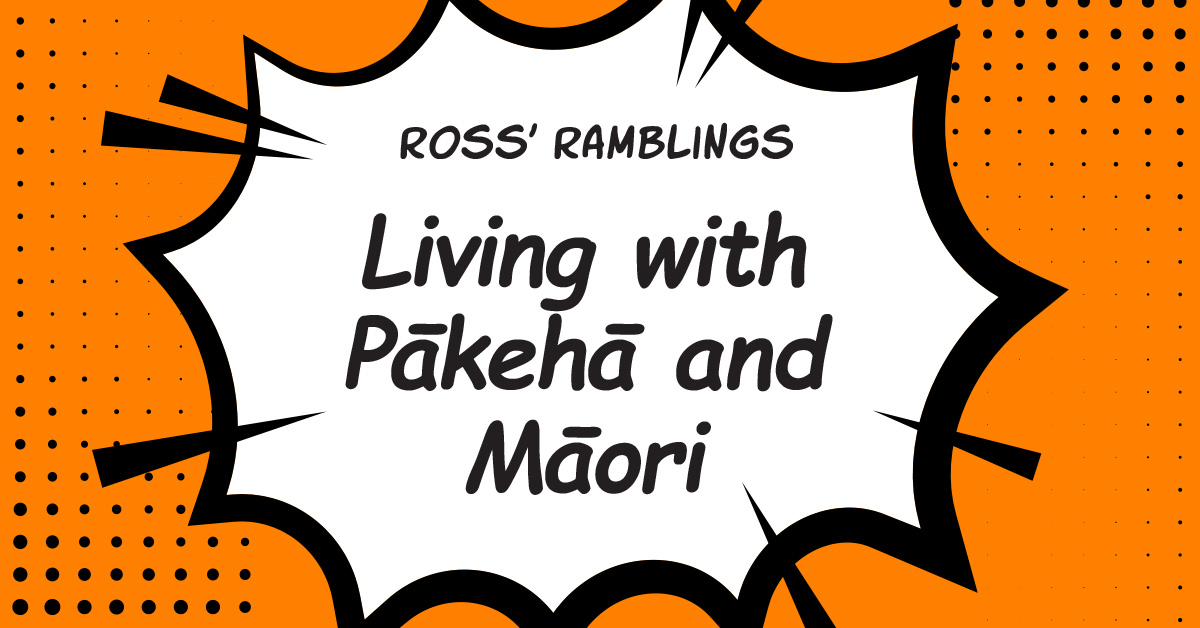
A short story by Amir Yussof
Not every living thing has a heart. All multicellular organisms need to induce nutrient flow, but not all have a heart, so let’s forget about those heartless creatures for a bit. I’m half a bottle of whiskey done and I am bored. So let’s talk about the Heart.
The heart is located in the middle of your chest … kinda. Many people seem to forget that the heart is just an organ; a muscular organ in humans and other animals, which pumps blood through the blood vessels of the circulatory system. Some say it’s directly under your left nipple (for humans), which by design, puts it in different places for different people. Stabbing yourself in the heart is also probably quite difficult, and very painful if you don’t succeed immediately. This could be the reason not many suicides involve this methodology.
So what is this thing about the heart? First of all, it doesn’t look like the commonly accepted symbol for a ‘heart’. It actually looks more like a fist of flesh. The universal heart symbol doesn’t even come close to the appearance of the human heart. But, it is said that the double humps atop a stylised heart vaguely recall a male reproductive organ’s head’s shape, but rounded rather than pointed. Some say it also depicts the human female body, such as the female reproductive organ, the ‘Sumerian Cuneiform’ or its mound. Others in history maintain it has a resemblance to the shape of the female breasts or buttocks. Go figure!
My point of this rambling is to question why we relate ‘Love’ to the heart and not the brain. The brain is an organ that serves as the centre of the nervous system in all vertebrate and most invertebrate animals. It’s located in your head. A personal friend and ex-brain surgeon Dr Knott A. Quack, confirmed this for me. The brain tells the heart to pump (and how), but it can’t survive if the heart can’t pump the blood. Kinda like the chicken and egg situation. But surely, what happens in the brain transpires at a much higher level than the heart … the heart does not have any ability to feel, think or decide, only the brain can do that. Yet, we never hear someone say, “I’ve got a broken brain” or “Someone broke my brain.” Let me attempt to be the first then.
A 2011 study I read explained that the same regions of the brain that become active in response to painful sensory experiences are activated during intense social rejection or social loss in general. Following up on this, the experience of the loss of a loved one, rejection, death, divorce, breakup, separation, betrayal – all of these can lead to depression and emotional and physical symptoms. This still doesn’t explain why we ‘suffer from a broken heart’. In reality, it is just a metaphor for emotional suffering but there are those who say it is more than that, and because this association is universally and culturally commonplace (and programmed by us), it is hard to accept the fact that what we are actually suffering from, during a heartbreak, is caused by the brain – it’s a brain break. And the duration one suffers is directly determined by how long we actually consciously or subconsciously allow this pain and suffering to continue.
We can only assume what would happen should someone have an accident and lose or severely damage their Limbic system (the part of the brain which controls emotion, behaviour, motivation), all of which play a huge part in what we call a ‘broken heart’. Quite simply put – they wouldn’t feel the emotional suffering of a loss or rejection.
Perhaps it just sounds better? ‘My brain is broken’ just won’t cut it, if it’s sympathy you are looking for. But the plain truth is, if you are suffering from a broken heart, perhaps you need to fix your brain.

Coromind: Coromandel’s Collaborative Magazine

Help us take Coromind Magazine to new heights by becoming a member. Click here
Change the Weather for Your Business: Advertise with Us.
Advertise your business in the whole Hauraki Coromandel in the coolest Coromandel Art Magazine, from Waihi Beach/Paeroa /Thames up to the Great Barrier Island.
Advertise Smarter, Not Harder: Get in Touch






